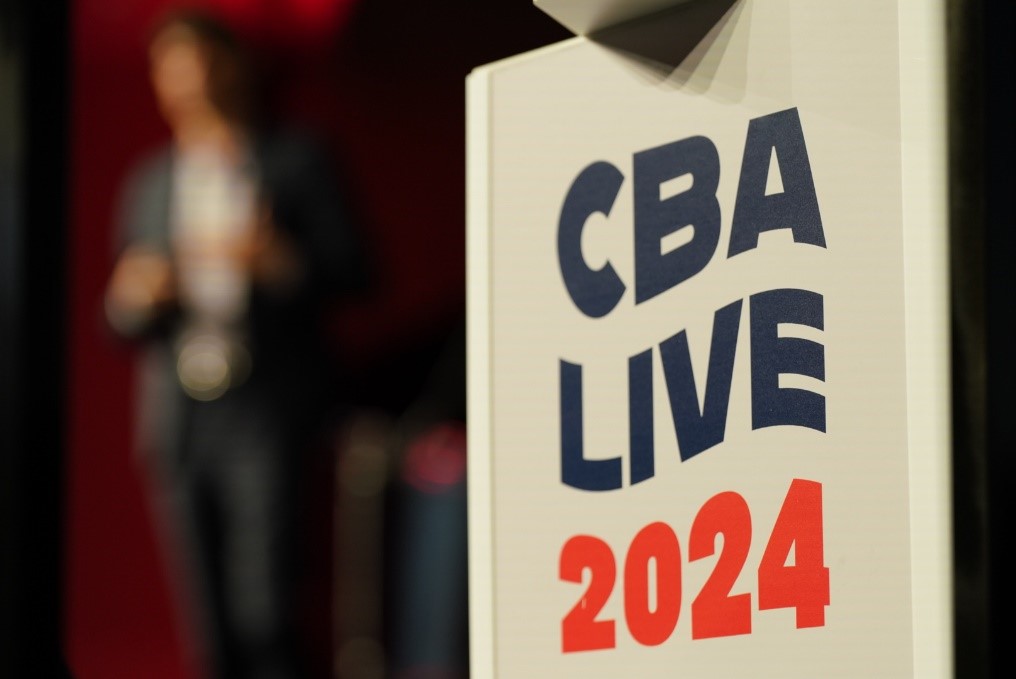Correcting the Record: Banks Remain Committed To Providing Safe & Accessible Financial Tools

Today and tomorrow, the CEOs of seven leading banks will testify before Congress. Ahead of these hearings, the Consumer Bankers Association (CBA) is working to correct misinformation and underscore banks’ longstanding commitment to provide consumers the financial tools they rely on to meet their needs.
Here’s where the conversation misses the mark, and the facts policymakers must account for as they consider future action.
❌ CLAIM
Overdraft fees from banks are predatory and harm low-income Americans most.
__________________________
✅ REALITY
America’s leading banks have unveiled new overdraft innovations designed to provide consumers greater choice and transparency. Banks are also fully committed to protecting access to a product millions of families depend on as an emergency safety net in times of need.
- Overdraft provides a much-needed emergency safety net for millions of families who view the product as beneficial and knowingly use it to cover unexpected expenses in times of need.
- There is a clear need for short-term liquidity provided by banks of all sizes. A 2018 Federal Reserve survey estimated that nearly 40 percent of American adults wouldn’t be able to cover a $400 emergency with cash, savings or a credit-card charge that they could quickly pay off.
- New data from Curinos found the impact of new bank-led innovations are significant, with overdraft fees expected to fall by nearly 70% and consumers poised to save more than $28 billion by 2025.
- As of August 2022, overdraft revenue comprises less than 2% of annual industry revenue.
❌ CLAIM
Banks prioritized wealthy Wall Street clients ahead of Main Street small businesses during the rollout of the Paycheck Protection Program.
__________________________
✅ REALITY
For more than a century, banks have provided small businesses with the capital and resources they need to expand operations and create new jobs. This commitment to support Main Streets across America was especially evident during the height of the COVID-19 pandemic and continues today.
- America’s leading banks immediately mobilized to help local businesses and their employees through the development and implementation of the PPP program, which ultimately helped protect more than 90 million jobs.
- Some banks dedicated more than one third of their entire workforce to process PPP applications and deliver much-needed assistance.
- In partnership with the SBA, large banks provided more than half of all PPP funds ($408.7 billion) and extended 4.1 million loans, helping small businesses keep their doors open, their lights on, and their employees on the payroll.
❌ CLAIM
Banks are not doing enough to protect consumers who suffer from fraud on payment networks like Zelle.
__________________________
✅ REALITY
Banks have significant concerns about the rise in scammers that are taking advantage of hardworking Americans in all areas of their lives and are working to educate and protect consumers from fraud before it happens.
- Banks have taken action utilizing social media, digital media, email communications, and online resources to help consumers avoid falling for scams.
- The industry is committed to preventing, detecting, and mitigating scams through education, monitoring, use of authentication and risk tools, and the identification and removal of bad actors.
- Banks also remain focused on promoting a more efficient P2P payments system to ensure consumers have the greatest access to their money.
❌ CLAIM
Branch consolidation is limiting access for consumers.
__________________________
✅ REALITY
- The well-regulated banking industry is among the most competitive in the world, with consumers benefiting from the ability to choose from nearly 5,000 financial institutions to meet their unique needs.
- A 2021 Federal Reserve study found that as consolidation continued over the last two decades, “the number of branches per institution has increased, resulting in larger networks of branches for customers to meet their banking needs.”
- Banks have responded to evolving consumer banking preferences with new digital and mobile banking products to ensure even greater access while continuing to maintain a robust branch network across every community they serve.
To learn more about how America’s leading banks are delivering for the families, small businesses, and communities they serve, visit www.BanksMakeItPossible.com.


